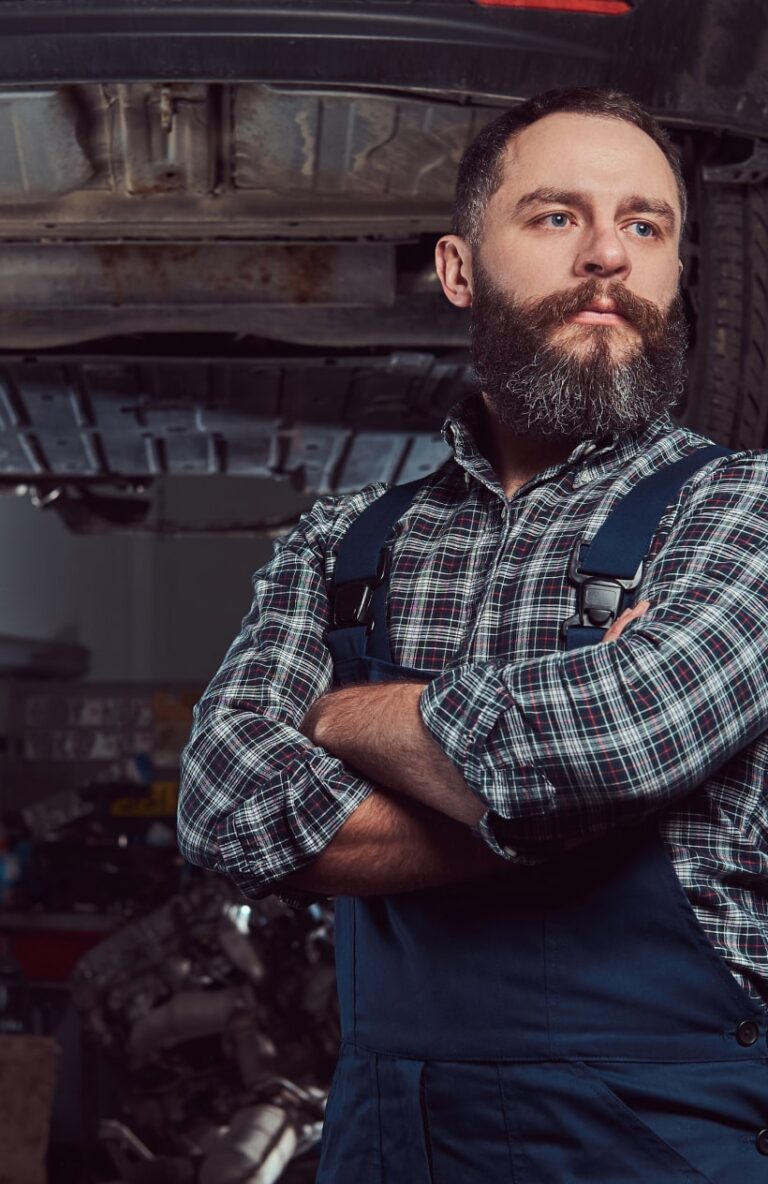Car painting
Car painting and body repair – Everyone likes to drive a shiny and rust-free car, of course there are exceptions, but it’s clear that everyone likes to look good. If we look at the scale of Latvia, then people moved on the roads with vehicles that were on average 10-14 years old. On a daily basis, we may not pay attention to a rusty threshold or other detail of a car, but one thing is clear, that these damages, more precisely, rust, are very often observed.
Need quick help with car repair? Call us + 371 23 777 337
Car painting
Aside from the ravages of time eating away at your car, there are other everyday miseries like car collisions. They tend to be harsher when the car’s only fate is scrap metal or in the second scenario, when the car has been damaged, but it is possible to restore it to its original appearance by almost 95%. You will ask why for 95%? A crashed car will never be the same as before, as parts are often damaged, not only from the body, but underneath. During a collision, there is a possibility that some minor fastening or other part will break, which cannot be replaced in its original state.
We offer
- Car painting
- Body polishing
- Car preparation for painting
- Painting any detail
- Anti-corrosion treatment
- Body repair
- Bumper repair
- Polishing of optics
Watch interesting videos on our YouTube channel
Car painting is a very important stage in the process of car repair or restoration.
It requires precision, attention and proper use of technology. The process may vary slightly , but the basic principles are as follows:
1. Preparation works
Before painting, the car must be carefully prepared:
Cleaning: The car must be cleaned of dirt, oil and other substances that can interfere with the adhesion of the paint.
Removal: All parts that will not be painted or that could be damaged during painting must be removed.
Surface: Damaged surfaces are smoothed. It is important to achieve as smooth a surface as possible, as any imperfections will be visible under the paint.
Priming: To improve paint adhesion and protect the metal, the surface is primed. The primer also helps smooth out imperfections in the surface.
2. Isolation
A special tape and film is used to protect the areas that are not painted. This is important to ensure a clean and professional work output.
3. Coloring
Base coloring: The selected color is applied in several layers. Each layer is thoroughly dried before the next one is applied. A professional paint gun is used to spread the paint evenly.
Applying the clear coat (varnish coats): After the paint dries, a top coat is applied to provide gloss and protection to the paint. This is done in several layers.
4. Drying and testing
After painting, the car is left to dry in a specially designated place. When the surface is completely dry, a detailed inspection is carried out to ensure the quality and uniformity of the paint.
5. Polishing
Polishing is often done to bring out the shine and remove small imperfections in the paint surface. This is done with special tools and materials.
6. Assembly
Finally, the removed parts are reassembled and the car is ready for use.
Car painting – High-quality car painting requires not only the right materials and tools, but also professional experience and attention to detail. If you follow all the steps correctly, you can get an excellent result that will protect the surface of the car and improve its appearance for many years.


